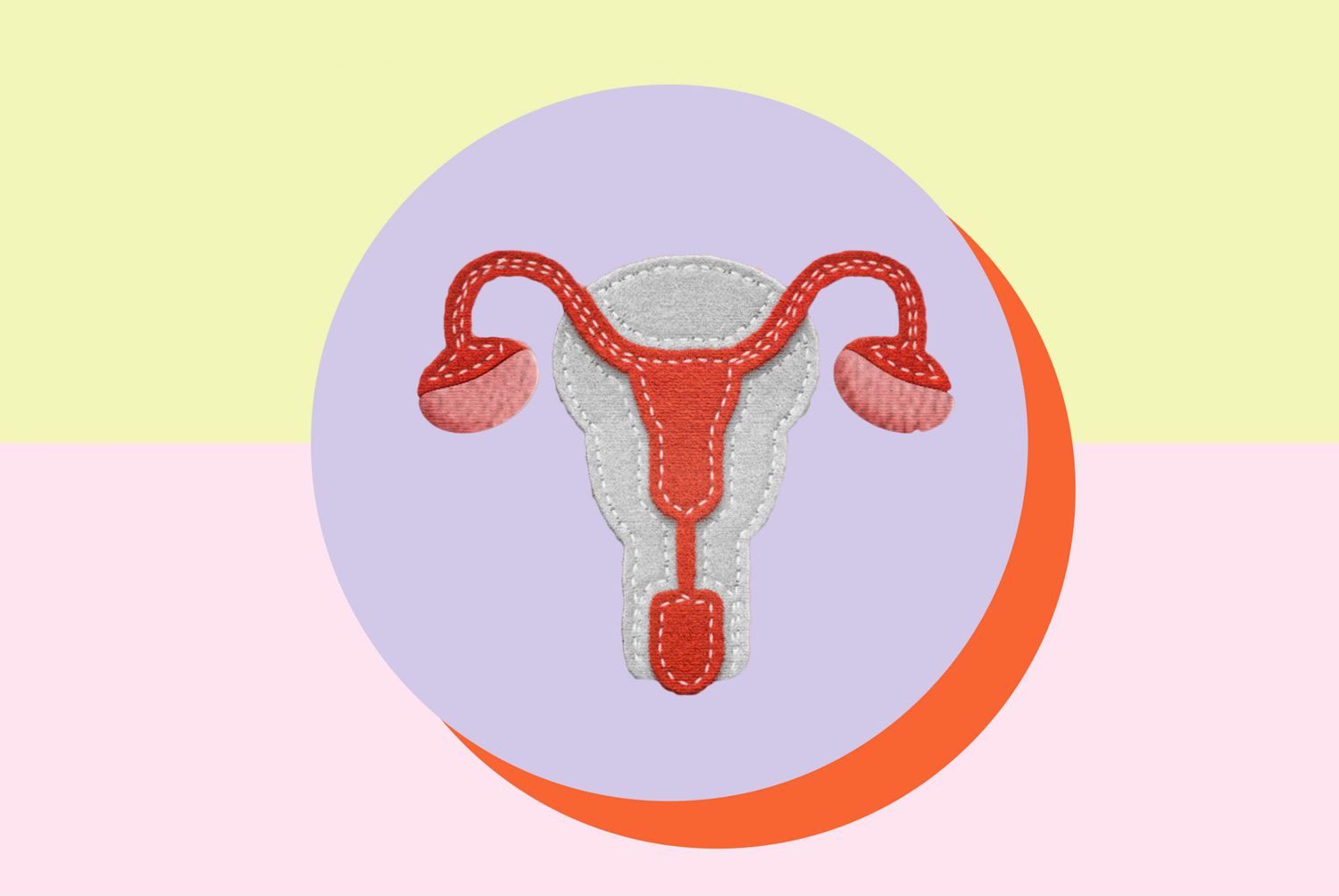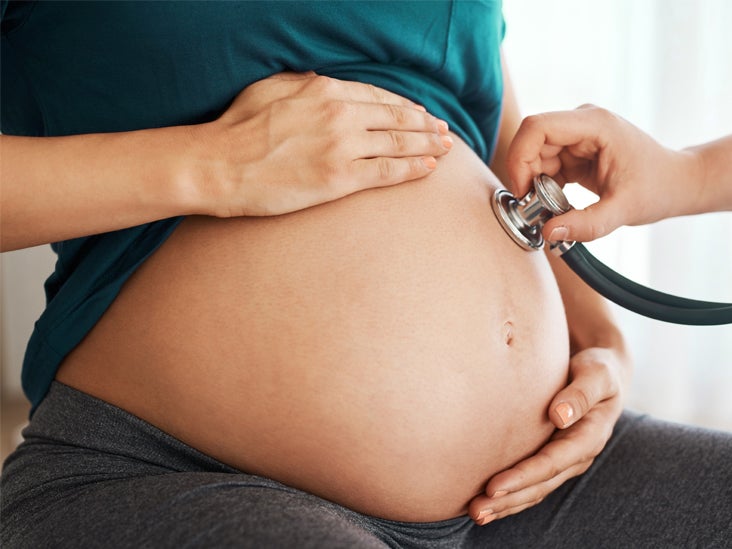When Do They Normally Start Checking For Dilation
For some, dilation and effacement is a gradual process that can take weeks or even up to a month. Be aware that beginning in your ninth month of pregnancy, your doctor will begin looking for signs that your labor is getting closer.


You know your body better than anyone else, so you can do these tests at home without the risk of infections due to external equipment and so on.



When do they normally start checking for dilation. But i'm suprised considering you had to ask most dr's just do it. If you're fully dilated, you're ready to start pushing. The reality is that the due date is an estimate with the delivery falling.
You generally start dilating in the ninth month of pregnancy as your due date gets closer. When your due date is nearing or has passed, your doctor may check the cervix to see if it is dilated. Typically, if you're 4 cm dilated, you're in the active stage of labor;
I have an induction set for 38+5 so it doesn't really matter to me whether i'm dilated or not. Taking into consideration her starting point (from prior ves (vaginal exams)), use this as a start point. After identifying the cervical opening overlaying the baby’s head, the practitioner slips one.
Mine generally starts checking at 37 weeks but i'm opting out. What is effacement and what does effaced mean? Once your pupils achieve full dilation, your doctor will examine your eyes using a magnifying lens.
I guess it really just varies on how your dr thinks it should be done. To do this, have mom (or partner) ‘mark’ her measurement at the first thought of labor. Several days or even weeks before your labor actually begins, your cervix may begin to thin out and start to open.
Contractions begin, the cervix dilates, and the baby moves down in the pelvis. The body begins pushing out the. “in fact, many women may not show any dilation even at their due date.
Keep the following points in mind: Visual acuity is checked using the distance eye chart and a near (reading) card. During active labor, your cervix will dilate from 4 to 7 centimeter.
The timing is different in every woman. In early labor women also begin to experience many other signs of labor and the cervix is usually dilated (opened) to less than six centimeters. Your cervix’s dilation and effacement might be checked every week starting at week 36 (or earlier!), or not until week 38 or 39, or your ob might not do a vaginal exam until you’re in labor.
A refraction may be done to see if your vision can be improved with a change in your lenses. In this article, we describe what. Dilation is checked during a pelvic exam and measured in centimeters (cm), from 0 cm (no dilation) to 10 cm (fully dilated).
Your doctor will check if you're dilated by performing a cervical check to feel the opening of the cervix. (see chapter 12 for details on fetal positions.) cervical dilation is easy to measure. During the first stage of labor, your cervix will start to open (dilate) and thin out (efface) to allow your baby to move through your birth.
These findings are usually plotted in a cervix dilation chart alongside with other data, such as frequency of contractions, stage of labor. For eye dilation, or mydriasis, your doctor inputs eye drops, and it takes 20 to 30 minutes for your pupils to achieve full dilation. If your eyes are lighter in color, they tend to dilate faster than brown eyes.
Dilation is used to determine the different stages of labor. With ds1, only after active labor began. Vision may be checked again after dilation if your pupil is extremely small or if there is cloudiness in your cornea or lens that might block your vision with a normal size.
When labor begins, the cervix dilates, widening up to 10 centimeters (cm) over time. Checking your own cervix for dilation will let you know the results immediately. Checking whether your cervix is dilated well will prepare you for the final stages of labour.
Others can dilate and efface overnight. My dr started checking around 35 weeks and then they checked every time i had an appointment after that. Stage one is complete when the cervix has dilated to 10 centimeters (cm).
Your midwife or doctor might offer to perform a cervical check. When do you start dilating? Both of these processes — effacement and dilation — begin during the final few weeks of your pregnancy, but it can vary greatly between women.
If the cervix is dilated far enough, they can even feel the position of the baby’s head. This includes palpitating your abdomen and. Checking cervical dilation helps you to know how close you are to labor and the effective management of labor.
As your baby's birthday approaches, your cervix begins to dilate, or open up. With due date close in sight, your healthcare provider may begin checking your cervical dilation (opening) and effacement (thinning) to see how your body is preparing for delivery. However, dilating to 1 cm does not always mean that labor will begin soon.





















0 Response to "When Do They Normally Start Checking For Dilation"
Post a Comment